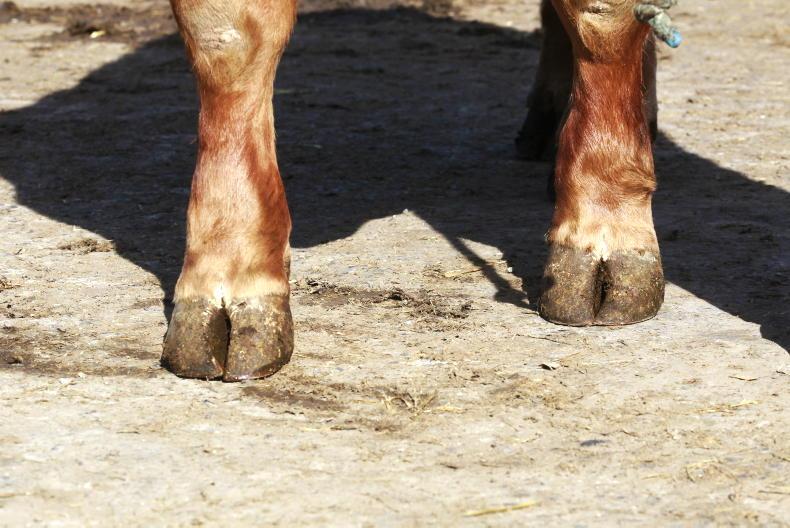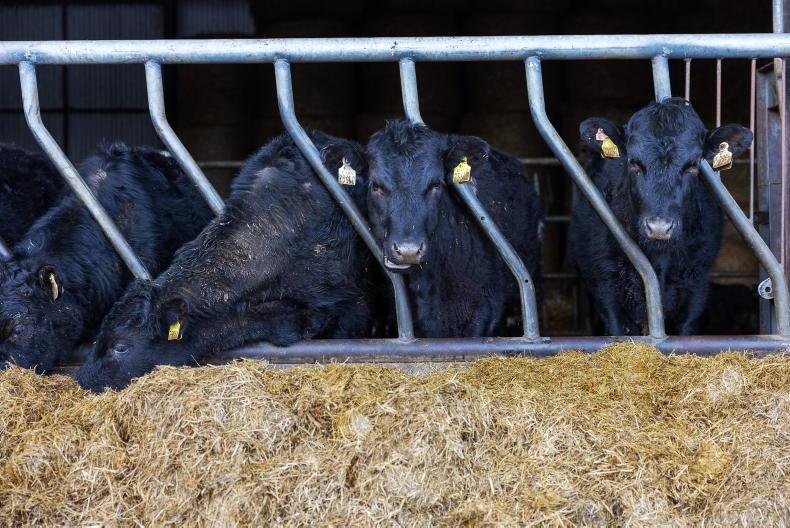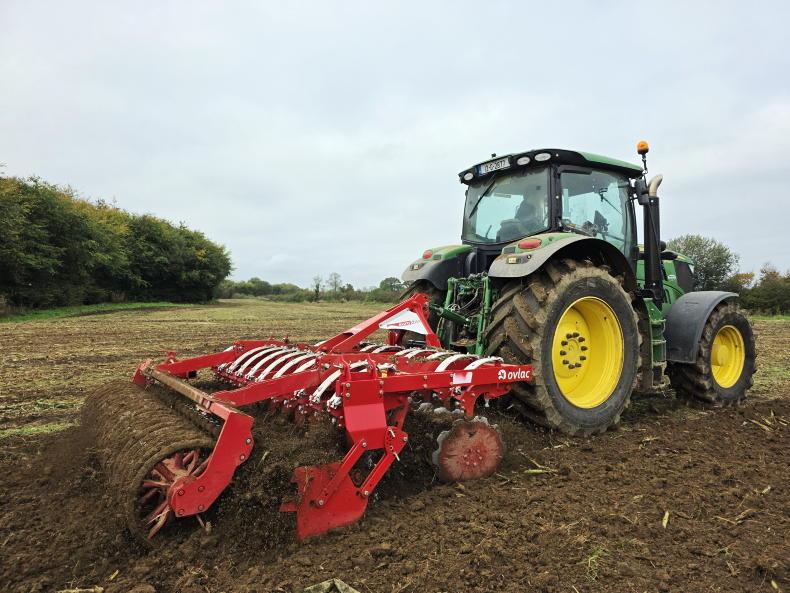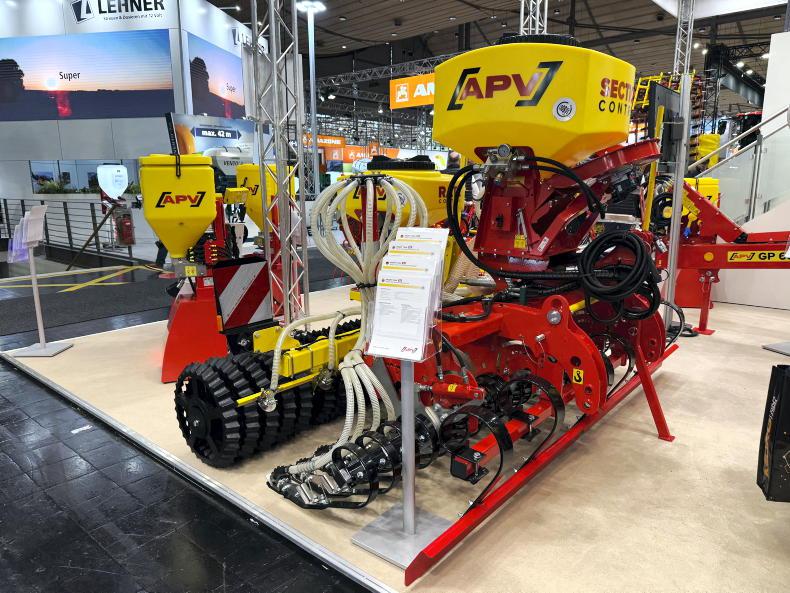The Teagasc Pasture Profit Index (PPI) is a perennial ryegrass variety evaluation and selection tool. Varieties which have higher agronomic performance for grass traits are rewarded with higher economic values.
The traits include seasonal grass yield, quality, silage, persistency and grazing utilisation, all of which affect sward and ultimately animal performance on farm. Data are measured by the Department of Agriculture recommended list trials in five locations around Ireland.
In 2023, Aberclyde holds on to top spot in the PPI with a total index value of €253. This increase in profit will be realised through increased spring (+€51), summer (+€66) and autumn (+€46) herbage growth, higher feed quality (+€44) and higher silage yield (+€46). Additionally, Aberclyde ranks highly in the grazing utilisation trait with a score of four stars (based on a scale of one to five stars).
No new varieties have entered the 2023 PPI but grazing utilisation scores have been updated for Barwave, Nashota and Glenfield, with all varieties receiving five-star grazing scores.
This is unsurprising as all varieties are tetraploid, which tend to have higher grazing utilisation scores.
Selecting varieties
Varieties that are not listed on the PPI should not be sown on farms as they have failed to reach a minimum standard of performance.
The number of varieties sown within mixtures should be limited to three to four to ensure that superior varieties are allowed to express their performance advantage.
Mixtures containing many varieties dilute the performance of superior varieties, which may lead to disappointing sward performance. Reseeding is costly and therefore choosing a smaller selection of high-performing varieties is key to ensuring a good return on investment.
Research from Teagasc investigating the effect of heading date range on mixture performance in rotational grazing systems found that wide heading date range within mixtures did not affect herbage yield, digestibility or grazing efficiency of grazed swards.
Frequent grazing of swards (ie maintaining less than 21-day rotations) limits excessive seed head production and reduces the effect of heading date range. For silage swards, heading date range should be kept to a minimum and be no more than six days between varieties.
Ploidy – tetraploid or diploid – can influence variety performance but variety-specific values should be followed rather than perceptions based on ploidy. It is thought that diploid varieties are more suited to wetter soils as their higher ground cover is perceived to be more tolerant to poaching.
Research has shown very little differences between tetraploids and diploids in terms of persistence on wet farms, with grazing management having a far greater influence on poaching than variety choice.
Farmers sowing tetraploid-dominant mixtures on their farms have seen benefits to their wet weather grazing management as many tetraploid varieties are more utilisable and so are grazed quicker, reducing the time cows spend in a paddock and aiding on-off grazing.
The planned field use should dictate variety selection. Paddocks that are located on the milking platform are unlikely to be used for silage production and therefore the silage index doesn’t have to be emphasised in seeding mixtures.
Traits of importance for rotationally grazed paddocks include quality, grazing utilisation and spring and autumn herbage production. Varieties that excel in these traits include Abergain, Astonenergy and Nashota. For fields destined for intensive silage production, use varieties excelling in the silage sub-index (greater than €25).
Farmers wanting to select varieties for some grazing and silage production should be guided towards varieties that exhibit high performance in silage production (greater than €20) and utilisation. While intermediate heading varieties are associated with silage production, it is worth noting, that some intermediate heading varieties have good graze-out, making them perfect for general-purpose management systems.










SHARING OPTIONS